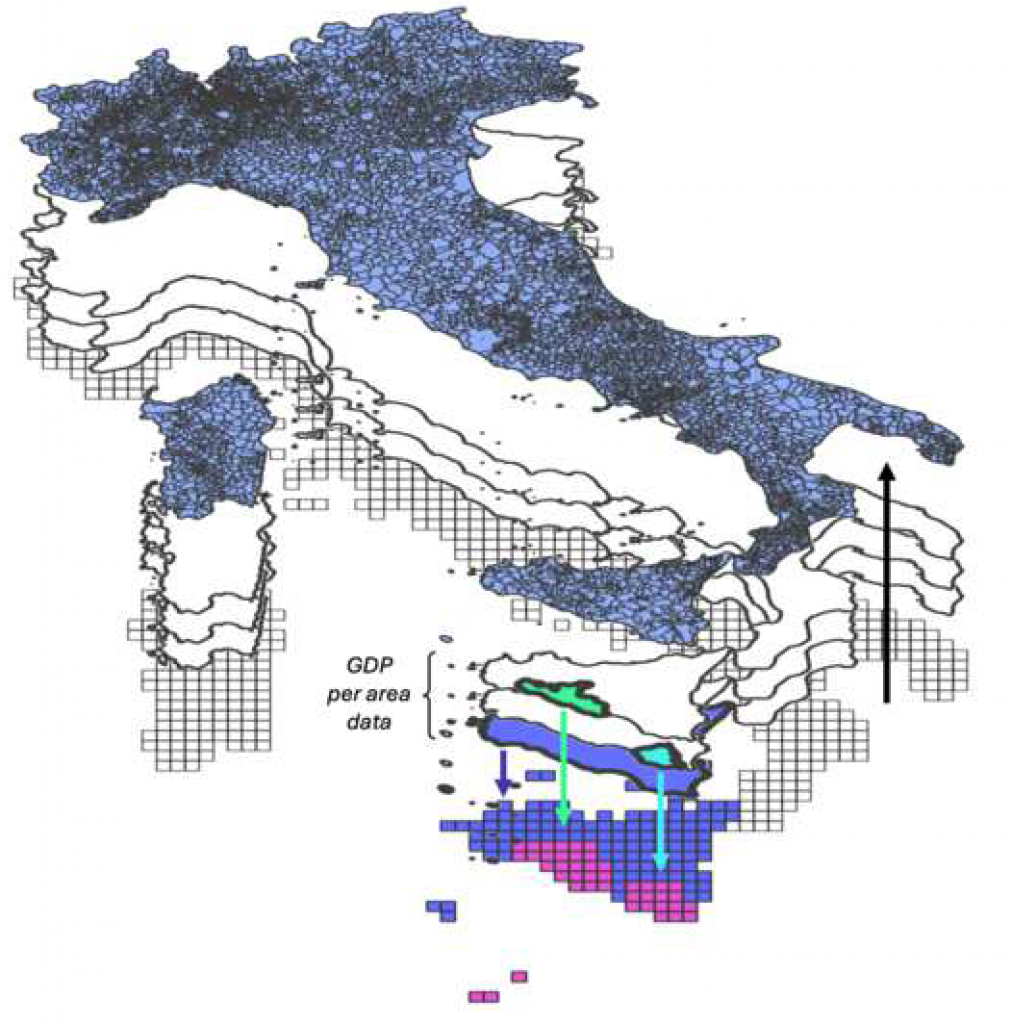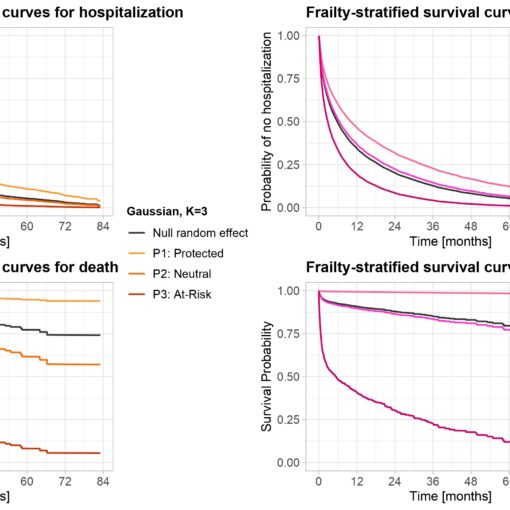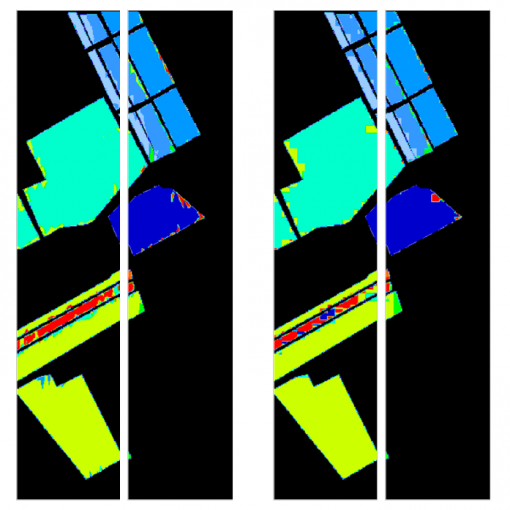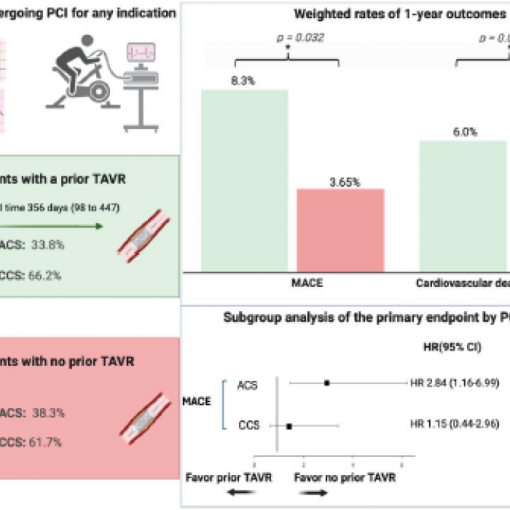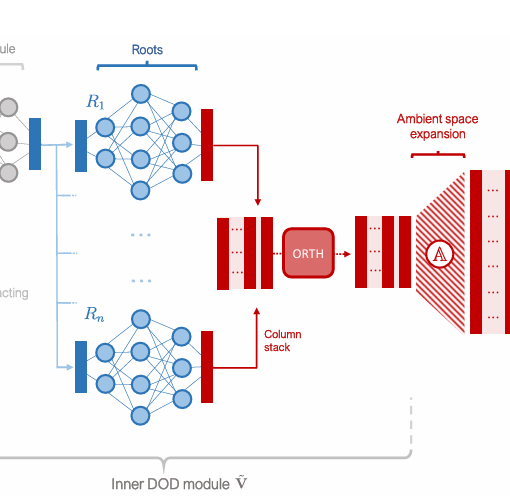A new MOX Report entitled ” The Social Growth Index: Measuring Socioeconomic Resilience at the Municipal Level in Italy ” by Greco, M.; Ieva, F.; Secchi, P. has appeared in the MOX Report Collection.
Check it out here: https://www.mate.polimi.it/biblioteca/add/qmox/70-2025.pdf
Abstract: This study introduces the Social Growth Index (SGI), an integrated framework for assessing socioeconomic resilience at the municipal level across Italy. The SGI builds on the idea that a territory is resilient if it can sustain long-term growth despite exposure to external shocks—both positive, such as large-scale public investments under the National Recovery and Resilience Plan (PNRR), and negative, such as the COVID-19 pandemic. These events represent structural tests for local systems, revealing their ability to adapt, recover, and convert temporary disturbances into lasting development trajectories. Using harmonized data for 2010–2022, the SGI integrates three standardized variables—GDP density (GDP per m2), GDP per capita, and population density—that jointly capture productive intensity, individual prosperity, and demographic vitality within a consistent spatial structure. To obtain the SGI, we design a methodological framework integrating Fixed Rank Kriging (FRK) for the spatial downscaling of Gross Domestic Product (GDP) with Copeland aggregation for multi-criteria ranking. FRK enables spatially coherent GDP estimates at fine resolution, while the Copeland method aggregates municipalities’ relative performance without imposing arbitrary weights. Results reveal a persistent North–South divide, with higher resilience levels in Northern and Central Italy and lower values in Southern, Sicilian, and inland Sardinian areas. Temporal analysis indicates structural persistence in highly resilient urban and industrial systems alongside localized improvements around regional capitals. Comparison with ISTAT’s Municipal Fragility Index (IFC)exhibits consistency among indicators measuring intersecting economic aspects. Future extensions include developing a spatio-temporal FRK model and incorporating additional drivers—such as employment, innovation, and environmental sustainability—to enhance temporal coherence and policy relevance.

